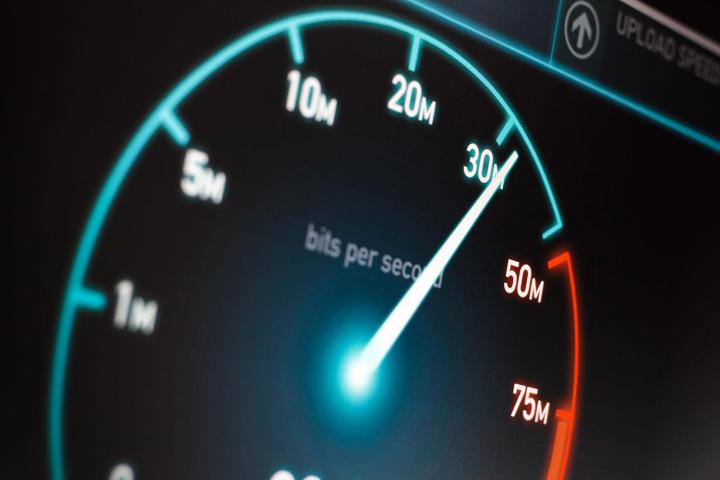MediaTek has successfully conducted the world’s first live demo of Wi-Fi 7 technology, with the company confirming that Wi-Fi 7 products are expected to become available in 2023.
By utilizing its Wi-Fi 7 Filogic technology, MediaTek said it’s been demonstrating two Wi-Fi 7 demos to “key customers and industry collaborators.”

The semiconductor firm said the intention behind the demo is to showcase the technology’s “super-fast speeds and low latency transmission.” As a result, MediaTek’s demo showed how its Wi-Fi 7 Filogic technology can achieve the maximum speed that has been defined by IEEE 802.11be, the official name for the upcoming Wi-Fi 7 standard.
Wi-Fi 7 will deliver 2.4x faster speeds than Wi-Fi 6, which can be achieved with the same number of antennas. This is made possible due to support for 320Mhz channels and 4K quadrature amplitude modulation (QAM) technology.
According to the Wi-FI Alliance, Wi-Fi 7 could provide speeds of “at least 30” gigabits per second (Gbps), which should easily be exceeded to reach 40Gbps. By comparison, as pointed out by ArsTechnica, Wi-Fi 6 supports speeds up to 9.6Gbps, while its predecessor, WiFi 5, lags behind with an output of 3.5Gbps.
Wi-Fi 7 will also be compatible with all the available spectrums, including 2.4GHz, 5GHz, and 6GHz. The new standard will utilize Wi-Fi technology that will be capable of supporting demanding applications such as 8K video streaming, virtual reality, cloud gaming, and general cloud computing uses.
MediaTek’s demo also showcased its multi-link operation (MLO) technology. MLO technology essentially combines multiple channels on different frequency bands, which allows network traffic to operate without interruption even if there is interference or congestion on the bands. As such, MLO technology is a “critical” component for anything that needs a constant connection, such as video streaming and gaming.
While MediaTek mentioned a release for Wi-Fi 7 products in 2023, the standard itself is still in the draft specification stage. It’s expected to be certified by the Institute of Electrical and Electronics Engineers (IEEE) in 2024. However, MediaTek stressed that it has been working on the technology since its inception.
“The rollout of Wi-Fi 7 will mark the first time that Wi-Fi can be a true wireline/Ethernet replacement for super high-bandwidth applications,” said Alan Hsu, corporate vice president and general manager of the Intelligent Connectivity business at MediaTek. “MediaTek’s Wi-Fi 7 technology will be the backbone of home, office and industrial networks and provide seamless connectivity for everything from multi-player AR/VR applications to cloud gaming and 4K calls to 8K streaming and beyond.”
Wi-Fi 6 is still relatively new, which is reflected by the price of products using the protocol. For example, Netgear’s Wi-Fi 6E whole-home Orbi mesh network will set consumers back $1,500. You also have to consider the fact that many home networks don’t currently deliver gigabytes of download and upload speeds, but rather in the range of 100s of MBs at the most. Sure, Wi-Fi 6 and its successor will further stabilize and enhance one’s internet connection, but it’ll likely be at least a few more years till we see such standards become more commonplace.
Still, companies are working on ways to deliver high internet speeds even without changing the network infrastructure currently in place in hundreds of millions of homes. Most recently, Comcast successfully tested speeds upwards of 4Gbps via a prototype 10G modem. It said it will be capable of delivering multi-gigabit upload and download speeds through the connections that already exist in homes.
Editors' Recommendations
- How to get Wi-Fi access anywhere at any time
- These are the airports that actually have really fast public Wi-Fi
- Wi-Fi 7 officially hits 5Gbps, five times the speed of your current router
- Intel could give us Wi-Fi 7 devices long before Apple gets around to it
- Linksys’ new dual-band Wi-Fi 6 routers are surprisingly affordable




